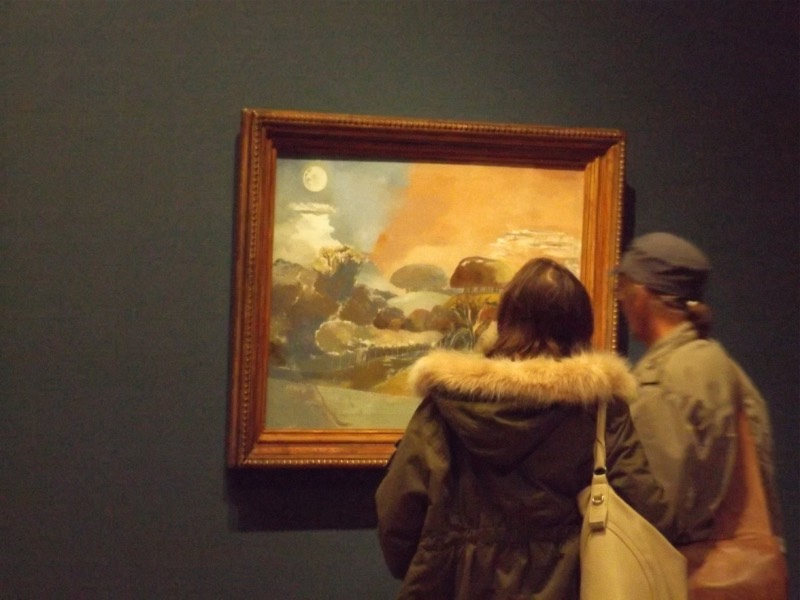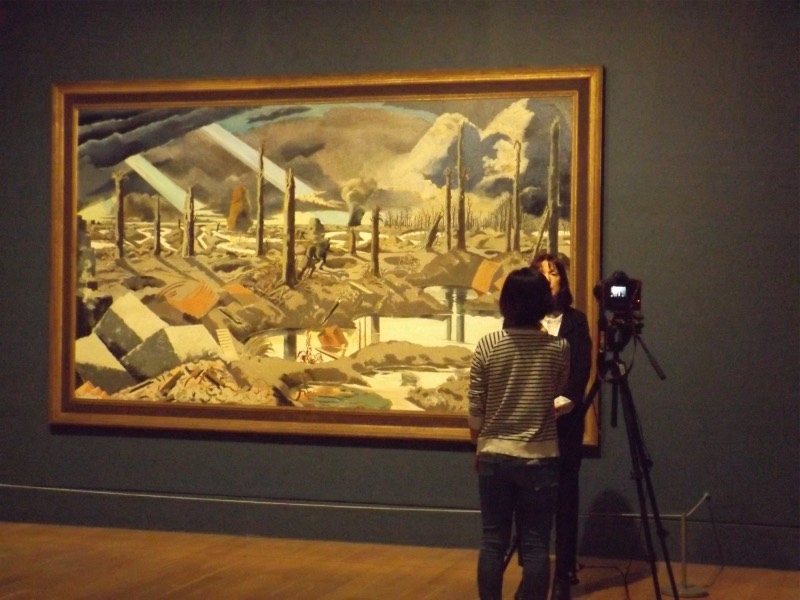Wittenham Clumps is a well-known stage on the Thames Path. The tight tree group on top of Round Hill is the great landmark on the approach to Dorchester.
Artist Paul Nash’s images are the most famous and so it is no surprise to find half a dozen in the Paul Nash exhibition at Tate Britain marking the 70th anniversary of his death.
One version is Landscape of the Vernal Equinox 1943, once owned by the Queen Mother who attended the concert held at the Tate Gallery during the Paul Nash memorial exhibition in 1948.
The Tate exhibition is a rare opportunity to see these paintings together.
Nash visited nearby Wallingford when young to stay with his uncle.
Early in the show there is a watercolour from this period called Wittenham Clumps 1912. It is now understood that this is not the Clumps but nearby Britwell Barrow which is also part of the Sinodun Hills. Nash was staying at Sinodun House.
Thirty years later, when not so well, Nash rediscovered Wittenham Clumps when staying at Boars Hill near Oxford.
From there he viewed the Sinodun Hills through field glasses and over several months in 1942-3 produced over twenty-five paintings featuring the Clumps.
The long view from Boars Hill is now blocked by trees.
Also changed is the view up the hill from the Thames Path. The trees do not appear exactly as Nash would have known them from the towpath pre First World War. Thirty-five years ago the beeches trees began to need replacing and since the mid 1980s into the start of this century there has been replanting and additions made.
The countryside is always changing but Wittenham Clumps is an example of managed change working with nature and not marred by any new building. You will still have to walk in to Dorchester to find refreshment.
A good way to prepare for a visit to the exhibition is to look at the excellent Paul Nash and the Wittenham Clumps website.
Paul Nash is at Tate Britain daily until 5 March; admission £15.
The exhibition will travel to Sainsbury Centre for Visual Arts in Norwich (7 April to 20 August) and Laing Art Gallery in Newcastle (9 September to January 2018).


